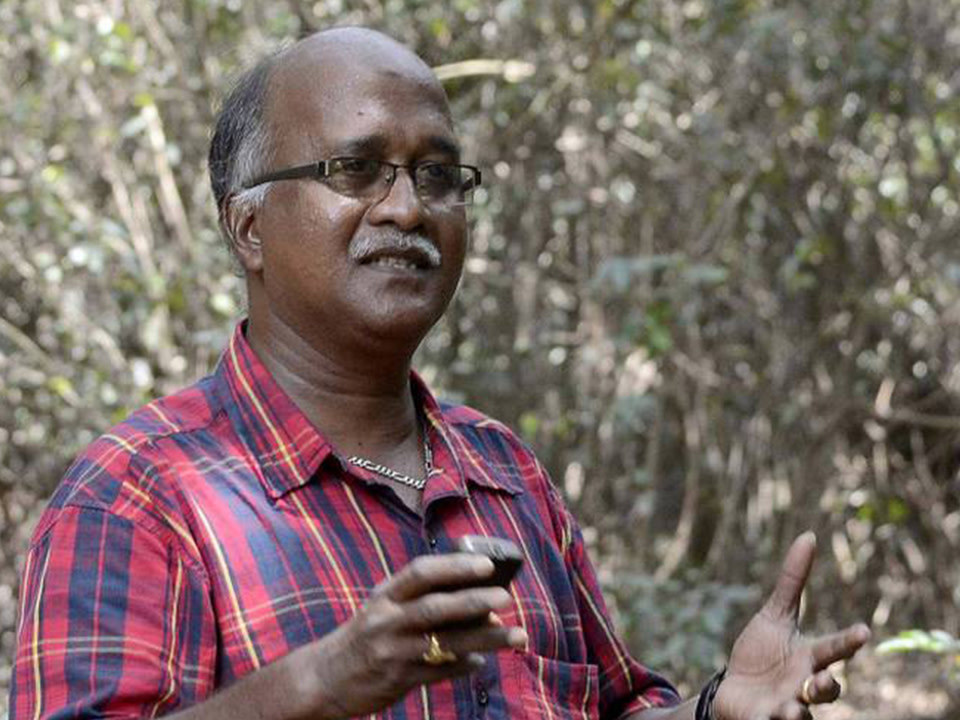 Listen to this article
•
15:34 min
Listen to this article
•
15:34 min
Birds are nature’s rock stars. With a repertoire that ranges from nearly operatic arias to voiceless articulations, and a colourful assortment of percussive and rhythmic sounds, their musicality rivals, even surpasses, human music. In fact, birdsong has often been regarded one of the most captivating of animal expressions.
For the late A. J. Mithra, birds were not just virtuosos able to master the complex ragas and rhythms of Indian classical music, but bellwethers for our environment.
Prior to his passing in March 2014, Mithra taught music at the Madras Christian College in Chennai, India. Through his pioneering work in studying birdsong, Mithra was recognized by the Limca Book of Records as India’s first zoomusicologist. Humans have been fascinated by the sounds and songs made by animals forever, yet, zoomusicology as a recognized area of study emerged only in the 1980s. Its principle premise is that music is not an exclusively human endeavour and that animals too have an aesthetic sense.

Photo: N.A. Nazeer/Wikipedia
For Mithra, zoomusicology was merely the logical development of a life-long love of nature that began with him making the dawn call of birds his ringtone. His breakthrough as an environmentally conscious composer began in 2010, when he assigned a project to his fifth grade class. The students were asked to collect and research birdsongs from four different habitats. He wrote a short musical piece combining the songs of 15 different birds with western musical sounds and presented it to the class. The result was his first nature composition, “A Walk Thru the Woods”.
The success of his first effort inspired Mithra to experiment further. Research eventually led him to discover the famed Cornell Lab of Ornithology, the world’s oldest institution for the study of birds. It has the world’s largest library of birdsong, and Hollywood producers have been known to use material from this resource. Mithra’s activities soon caught the attention of musicians and researchers, among them the award-winning Australian violinist and composer Hollis Taylor, who has composed numerous works based on the songs of the pied butcher bird. After hearing Mithra’s music, she nicknamed him the Bird DJ, and announced the arrival of India’s first zoomusicologist to the world of music.

Photo: Pinterest (17th c. etching by Athanasius Kircher)
Mithra lacked sophisticated recording equipment, so he continued his work using his cell phone to record the sounds. His later work expanded to the sounds of frogs (used in his short composition/environmental awareness video “Freaking Froggy”) and crickets. Throughout his life, he remained a passionate naturalist and an inspiring educator. Above all, however, he was committed to the belief that zoomusicology has the capacity to get people to listen to nature more closely. In one of his last interviews he stated: “This music can inspire the general public to listen to nature. Only when people start listening to nature will they know the pain and agony that nature undergoes.”





